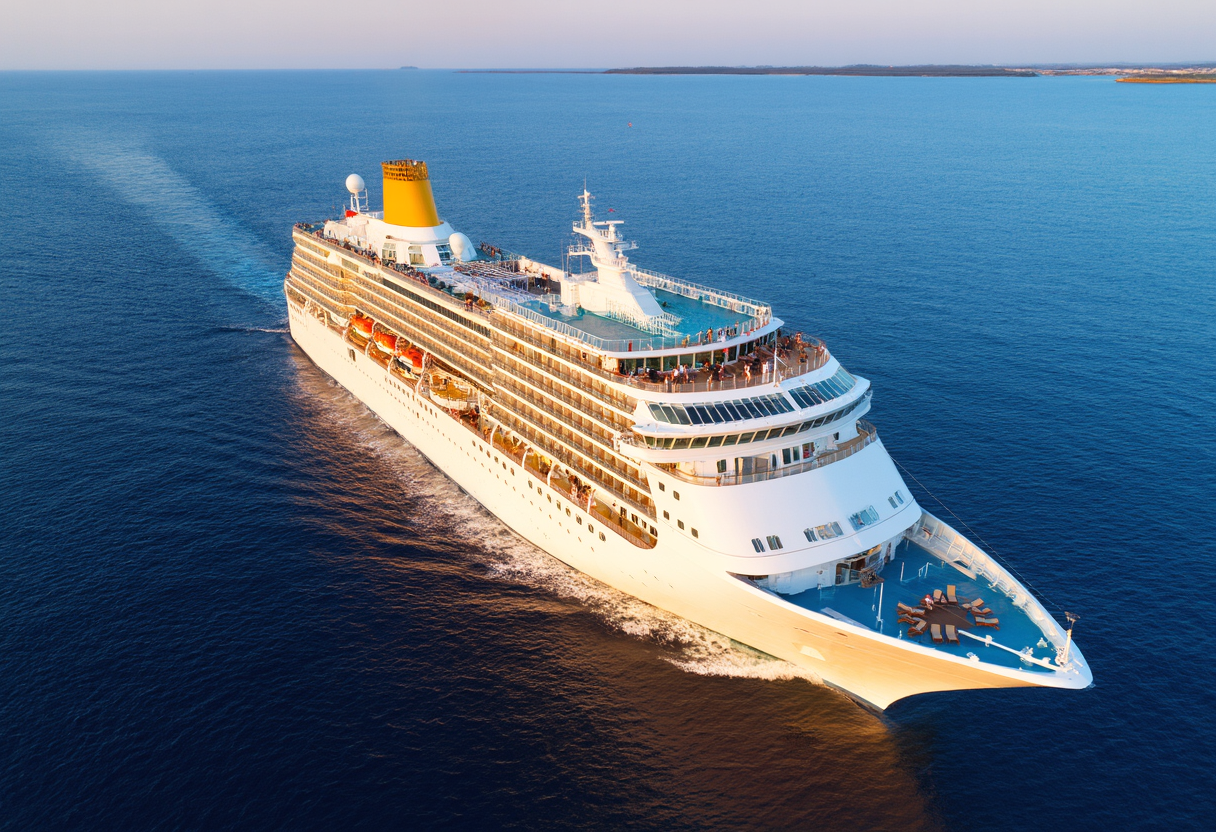Exploring Cruise Tourism: What You Need to Know
As cruise tourism gains popularity, understanding its intricacies is essential for travelers. This article provides insights into what cruise tourism entails, including its benefits, popular destinations, and future outlook. Discover how this form of travel is reshaping the tourism landscape and what makes it unique.
The Basics of Cruise Tourism
Cruise tourism is an enchanting way to experience numerous destinations within a single journey. It combines the luxury of accommodation onboard with the thrill of exploring new locations. The industry has rapidly evolved, expanding its offerings to meet diverse traveler needs. Popular cruise routes often include scenic vistas, cultural sites, and vibrant cities, with cruise lines curating unique experiences that reflect local culture and cuisine. Travelers are drawn to cruise tourism not just for leisure but also for educational opportunities, as many cruises include expert-led workshops and excursions. Furthermore, as cruise tourism continues to grow, the industry is focusing on sustainability to mitigate its impact on the environment. This includes initiatives to reduce waste and conserve marine habitats, aligning cruise tourism with broader ecological efforts. As a result, cruise tourism stands as a compelling option for those looking to blend exploration with responsibility.
Popular Destinations for Cruise Tourism
When discussing cruise tourism, popular destinations often come to mind, such as the Caribbean, Mediterranean, and Alaska. Each of these regions offers unique experiences, breathtaking landscapes, and culturally enriching encounters. The Caribbean is famed for its pristine beaches and azure waters, making it a top choice for relaxation and adventure alike. Conversely, the Mediterranean showcases rich historical sites, culinary delights, and vibrant city life. Alaska provides a striking contrast with its stunning glaciers and wildlife, perfect for those seeking a blend of nature and adventure. Teleporting travelers to these stunning locations is a hallmark of cruise tourism, and cruise lines work tirelessly to create itineraries that highlight the unique attributes of each destination. Furthermore, lesser-known ports are gaining attention, encouraging explorers to embark on a more distinctive cruise experience. This trend serves to diversify offerings and ensure cruise tourism remains exciting and accessible to all.
Benefits of Cruise Tourism
The advantages of cruise tourism are manifold, offering travelers convenience and variety within a single journey. Firstly, cruise tourism allows guests to visit multiple destinations without the hassle of constant hotel changes or transportation arrangements between locations. Additionally, the all-inclusive nature of many cruise packages simplifies budgeting, making it easier for travelers to enjoy their trip without worrying about unexpected expenses. Onboard amenities such as dining, entertainment, and excursions further enhance the travel experience, as cruise tourists can enjoy a wide array of activities tailored to their interests. Moreover, cruise tourism fosters social connections, as guests meet fellow travelers and engage in shared experiences. Notably, the cruise industry's focus on health and safety has intensified amid recent global challenges. Enhanced protocols reassure travelers, ensuring that they can enjoy their vacation with peace of mind. As cruise tourism continues to flourish, the industry must prioritize delivering exceptional value to its clientele, reinforcing the benefits that make cruising attractive and memorable.
Future Trends in Cruise Tourism
As we gaze into the future of cruise tourism, several trends are emerging that will redefine how individuals experience this form of travel. Sustainability is at the forefront, with travelers becoming increasingly conscious of their environmental impact. Cruise lines are responding by adopting eco-friendly practices and supporting local communities in their ports of call. Furthermore, the desire for personalized experiences is on the rise, pushing cruise operators to innovate and develop customized itineraries and onboard activities tailored to diverse interests. Another significant trend is the integration of technology, enhancing passenger convenience and engagement. From smooth check-ins to smart cabins and apps that provide real-time updates, technology is transforming the cruising experience. As these trends take shape, cruise tourism will align more closely with consumer expectations, shaping a new era of travel that prioritizes both enjoyment and responsibility. The resilience of the industry against global challenges will also influence its evolution, with adaptability being a crucial factor for success.
Conclusion: Embracing Cruise Tourism
In conclusion, cruise tourism offers an exciting and diverse way to explore the world. With its unique blend of experiences, guests are propelled to discover various destinations while enjoying unparalleled comforts aboard luxurious ships. As this industry grows, it is essential for both cruise lines and travelers to embrace sustainable practices that benefit everyone involved. Exploring the intricacies of cruise tourism reveals its potential to bring diverse populations together while supporting local economies. By considering the evolving trends and adopting new strategies, cruise tourism is set to continue captivating travelers and transforming the tourism landscape.
